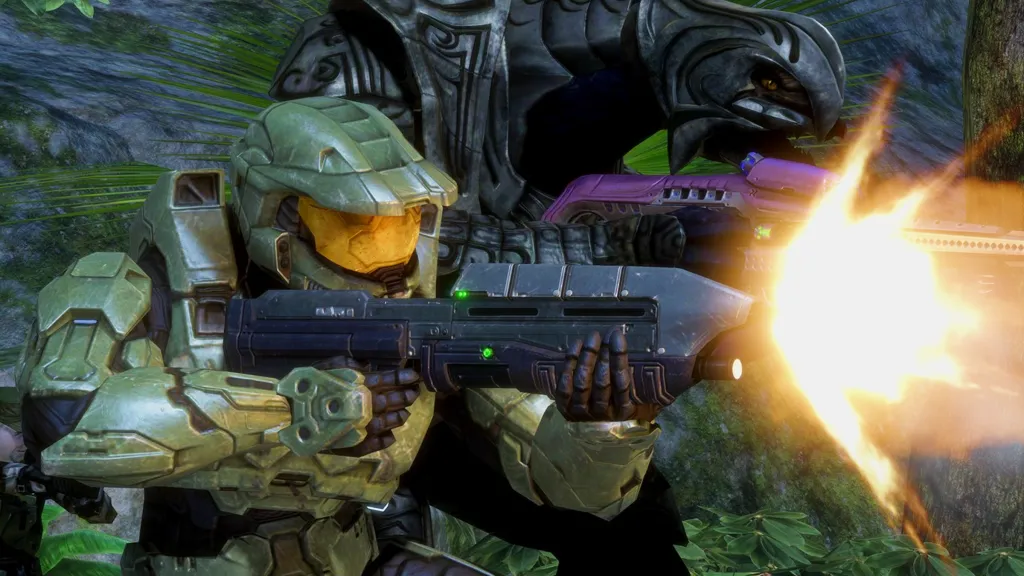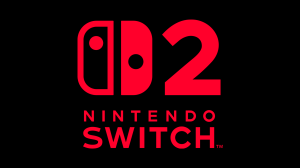If there’s one thing gaming has been, it’s innovative. Gaming has long been an industry that thrives on creativity, ranging from revolutionary mechanics to bold experiments in general design flow. The gaming space is pushed forward by building on risks that change the way games are played, and as long as this continues, new titles will continue to appear in the space. At the same time, though, some franchises are happy resting on their hilltops, unchallenged, relying more on their established fanbases and marketing muscle than on meaningful innovation. These series tend to be cultural giants that have earned their stay, but their lack of forward-thinking design is undoubtedly dragging the wider industry backward.
Videos by ComicBook.com
Some series continue to dominate sales charts and conversations despite doing little to evolve. Their brand names alone keep them relevant, while competitors and smaller studios take the real creative risks, only to, unfortunately, be largely overshadowed. Looking at the landscape today, three franchises stand out for surviving almost entirely on hype rather than genuine innovation,
3. Halo

When Halo first hit the scene in 2001, it redefined the first-person shooter genre on consoles. For the most part, FPS games on the console were not exactly the greatest, but Halo: Combat Evolved showcased what happens when innovation takes the wheel. In particular, Bungie’s tight gunplay and cinematic storytelling gave the Xbox an identity that let it survive the massive competition it faced at the time against both Sony and Nintendo. The series thrived on innovation early on, but after Bungie stepped away, the cracks began to form. Halo 4 in particular marked a turning point where the franchise shifted more toward spectacle than substance. The campaigns became less ambitious, multiplayer design grew stale, and 343 Industries, the current holder of the franchise, leaned heavily on nostalgia rather than creating new ideas that could stand on their own.
Even Halo Infinite, advertised and showcased as a supposed grand return to form (because the developers were aware of just how stale the series had gotten), ultimately failed to push the franchise forward in a meaningful way. While the grappling hook was a fun addition, it was a far cry from being anything innovative. Games from the ’90s already had largely functional grappling hooks, so that didn’t count. The open-world design also felt derivative and shallow compared to what other studios have been doing for years. Halo still generates buzz because of its potent name recognition, but in truth, the franchise hasn’t done much of anything to better the industry in years. It, in fact, hasn’t been an industry leader for well over a decade. Instead of setting trends, it’s been coasting on them, dragging down what could have been a more inventive evolution of the shooter genre. A shame, really.
2. Call of Duty

There’s no denying Call of Duty’s cultural impact. Modern Warfare and Black Ops once set the bar for competitive multiplayer. But after those early milestones, the series quickly fell into a pattern of repetition. Year after year, Activision releases another entry that feels almost identical to the one before. Small tweaks are paraded and celebrated as innovations, yet the core remains largely untouched, with a design more around monetization than creativity.
The problem isn’t just the stagnation, but the way Call of Duty dominates the industry despite it. Other studios feel pressured to chase its success. After all, who wouldn’t want an endless cash flow? Unfortunately, though, this is leading to an oversaturation of ‘samey’ shooters that value flash over depth. Battle passes, seasonal content, and constant cosmetic churn are the “innovations” COD is most responsible for spreading, and those systems prioritize profit over player experience. Worst of all, consumers will eat up the cosmetics, which continues to fuel the problem from the other side. While each new release still moves millions of copies, it’s not because the franchise is breaking new ground. It’s because the hype cycle is too strong to ignore, overshadowing games that genuinely push the genre forward.
1. Pokémon

Pokémon may be one of the most beloved franchises in gaming, but it’s also one of the most creatively stagnant, arguably the most creative bankrupt on this list. At its core, the formula hasn’t changed since the 1990s. While nostalgia and market appearance play a massive role in its success, the lack of innovation becomes harder to ignore with every release. Games like Sword and Shield and Scarlet and Violet introduced some new gimmicks, but their technical shortcomings and refusal to modernize core mechanics exposed just how far behind the franchise has fallen compared to other RPGs. And, to be clear, it isn’t far behind because they can’t innovate. The market shows that there clearly isn’t a need for it. Consumers will continue to buy, simply because it’s Pokémon, and that’s it.
What’s most frustrating is that Pokémon has every resource imaginable to truly evolve. Game Freak has decades of experience, a passionate fanbase, and a media empire backing them. Yet rather than exploring bold new mechanics, the developers lean on predictable formulas and half-measures that barely scratch the surface of modern RPG design. They can openly skirt corners, knowing that it will not affect their bottem line. The hype generated around every new release ensures massive sales, but innovation is nowhere to be found. In many ways, Pokémon’s stagnation has held the monster-collecting genre back for a long time, leaving other developers to make the meaningful strides that Game Freak refuses to take.
Competition is ultimately what these franchises need most. When rival studios challenge the formulas they’ve clung to for years, it forces even the biggest names to adapt. The Halo series was at its strongest when other shooters were raising the bar. Call of Duty thrived when competition pushed it to innovate rather than recycle. And Pokémon risks being outshined entirely as indie developers and rivals show what fresh ideas in monster collecting can look like. Without that external pressure, these franchises will continue to lean on nostalgia and marketing instead of true progress, and the industry will be worse off for it.
What do you think? Leave a comment below and join the conversation now in the ComicBook Forum!









